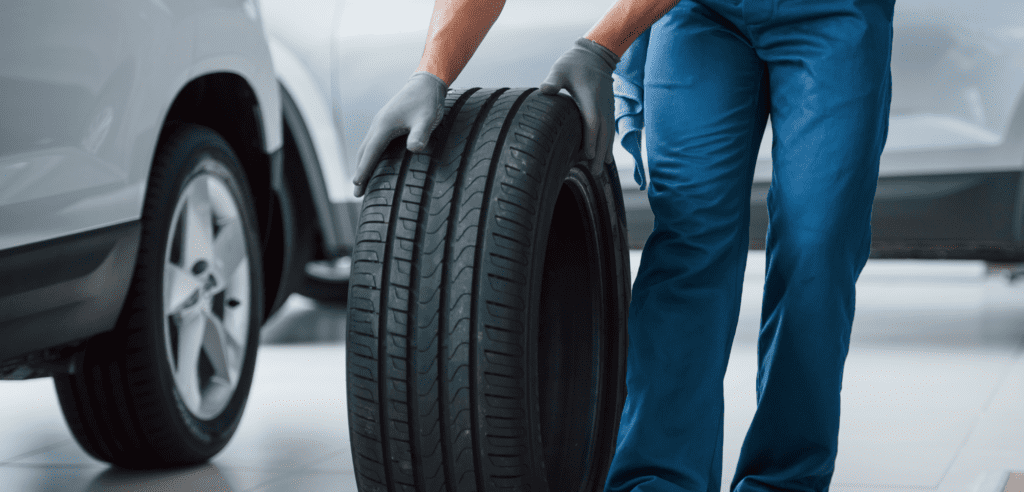
In the wake of the pandemic, many find themselves tightening their belts, seeking ways to reduce expenses without compromising on essentials.
For motorists, this often means re-evaluating the costs associated with maintaining a vehicle. A tempting avenue for some is the purchase of part worn tyres, perceived as a savvy cost-cutting measure.
However, this approach is fraught with hidden dangers and could prove to be a false economy.
Understanding Part Worn Tyres
What Are Part Worn Tyres?
Part worn tyres are exactly what their name suggests: tyres that have been previously used on another vehicle. They come with a reduced tread depth, having already served a portion of their lifespan on the road.
Motivations Behind Buying Part Worn Tyres
The primary motivation for purchasing part worn tyres is the cost-saving potential. For many, especially those facing financial hardship, the lower initial price of part worn tyres seems an attractive option for keeping their vehicle running.
The Economic Illusion of Part Worn Tyres
Initial Savings vs Long-term Costs
At first glance, part worn tyres appear to offer significant savings. However, a deeper dive into the numbers reveals a different story. Research by Tyresafe indicates that the cost per millimetre of tread for new tyres versus part worn tyres actually favours the former in the long run.
The Risks of Undetected Damages
One of the critical risks of buying part worn tyres is the potential for undetected damages. Without comprehensive knowledge of the tyre’s history, buyers may unwittingly compromise their vehicle’s safety.
Legal and Financial Penalties
The law stipulates a minimum tread depth for tyres. Falling below this limit can result in hefty fines and penalty points, not to mention increased insurance premiums, negating any initial savings.
The Critical Role of Tyres in Road Safety
Tyres as a Safety Device
It’s vital to remember that tyres are not just another vehicle component; they are a crucial safety device. Tyres are the sole point of contact between the vehicle and the road, playing a key role in handling and braking.
The Assurance of New Tyres
Investing in new tyres, therefore, isn’t just about adhering to legal standards; it’s about ensuring the utmost safety for yourself and others on the road. Moreover, over their lifespan, new tyres often present a better value than part worn options.
Alternatives and Recommendations
Choosing Quality and Safety Over Price
The recommendation is clear: opt for new tyres. If budget constraints are a concern, consider mid-range new tyres, which can offer a balance between quality, safety, and affordability.
Innovative Solutions for Affordability
For those concerned about upfront costs, schemes like the Kwik Fit Club offer a way to spread the expense over the tyre’s life, ensuring that financial considerations do not compromise safety.
Prioritising Safety and Long-term Value
While the allure of saving money with part worn tyres is understandable, the potential risks and false economy they present are too significant to ignore.
Prioritising safety and investing in new tyres not only ensures peace of mind but, in the long run, proves to be the more economically sensible choice.
The road ahead demands caution, and when it comes to tyres, cutting corners can lead to dire consequences.






